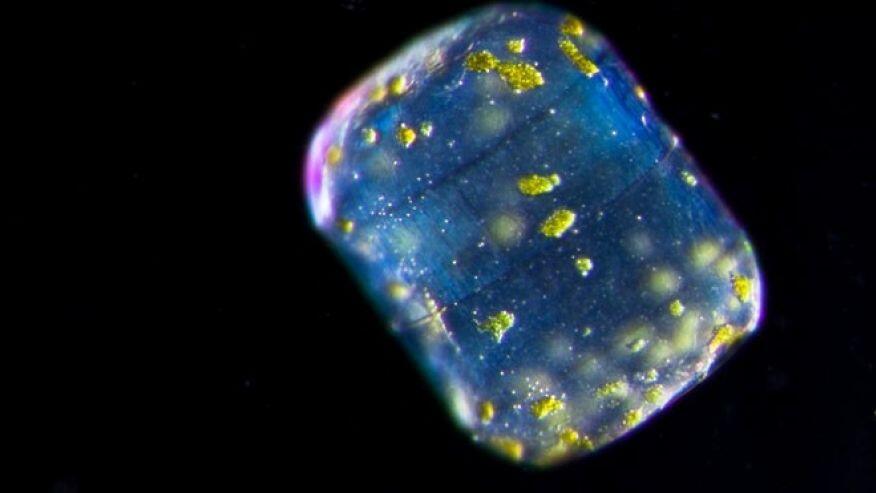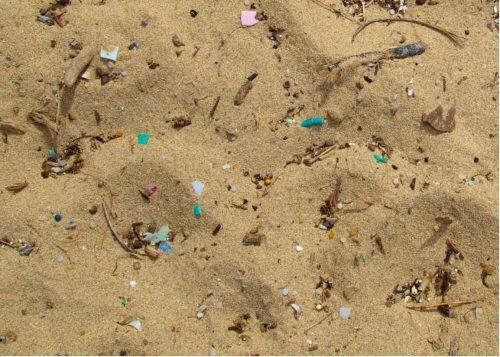Throwing plastic in the ocean is one of the most dangerous crises facing the world today. Not only does it harm the marine environment, but it also causes huge threats against tiny creatures in the oceans. Why don’t we pay a bit of attention to our vital environment, which we benefit of in a number of ways?…
Madeleine Steer at Plymouth University, who will be aboard the RRS James Clark Ross for the 46-day voyage said: “Studies have proven that zooplankton suffer side effects from ingestion of microplastics: increased mortality, not as successful at reproducing. In other species, there is a change in behaviour that makes them more vulnerable to predation. Basically it’s not good for them, they’re going to die.”
She added: “But there’s not much work that’s been done looking at the bottom of the food chain in the wild, and how microplastics affect them. We need to see the prevalence [of microplastics] in zooplankton.”
- They are small plastic particles in the environment that are generally smaller than 1 mm
- They can come from cosmetics, clothing, or industrial processes
- One of the main reasons they cause a threat to microorganisms is that they do not break down for many years. So, they might be ingested, incorporated into, and accumulated in the tiny organisms’ bodies.
So, When will we learn not to throw plastic in the ocean??… and when will we see that it’s really important to save Zooplanktons???












